Time, High Intensity Training – HIT or HIIT (High Intensity Interval Training) – to integrate into your workout routine.
The high-intensity training method has been at the forefront of fitness trends for years.
How does HIIT work?
The HIIT training method always alternates with a high-intensity active slot with moderate phases or active breaks.
This means, for example: sprinting as a power interval and walking as an active relaxation time. An interval designates a load unit plus a minimal break for recovery, so that the load remains consistently high.
The high intensity refers to the heart rate: This should be 85 to 100 percent of the maximum heart rate during the load phase.
During the relaxation period, the heart rate may then drop to 40 to 50 percent of your maximum heart rate.
How does a HIIT workout work?
HIIT workouts can last between four and 45 minutes. There are no rigid rules as to how long the intervals have to be. It is common:
- A load of 15 to 60 seconds and
- An active rest phase of 10 to 30 seconds (about half of the active time).
The important thing is: Really only rest until you trust yourself with the upcoming burden again – no longer. Go to your limits in the concrete stress phase, so give a lot of gas and don’t do things by halves.
How often should I do HIIT?
It is important that you give your body enough time to regenerate – high-intensity interval training is not a training method suitable for every day.
Compared to a training plan with longer workouts at moderate intensity, HIIT achieves faster results, but also requires more recovery.
Due to the high load, experts recommend that you train 15 to 30 minutes per week according to the HIIT principle no more than two to a maximum of three times.
The “a lot helps a lot” idea can cause a real HIIT burnout, the typical overtraining.
What are the effects of interval training?
Completed at regular intervals and with sufficient regeneration phases in between, HIIT combines many positive effects of other sports:
- Maximizing fat burning
- Increase in endurance
- Building muscle mass when completing strength exercises
With HIIT you burn significantly more body fat than with moderate fitness training in the same period of time.
The exercises bring your body to its limits, where it consumes an above-average amount of oxygen. In this way, the metabolism is strongly stimulated.
And what is it about the afterburning effect?
In order to return to normal after a HIIT, your body must spend extra energy – this is called the post-burning effect. What does that mean in concrete terms?
Even hours after the strenuous interval training, your energy turnover is still increased – and this afterburning effect lasts 24 to 72 hours after the exercise phase, depending on the intensity of the intervals. This has a positive effect on the body fat percentage in the medium term.
